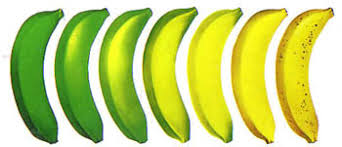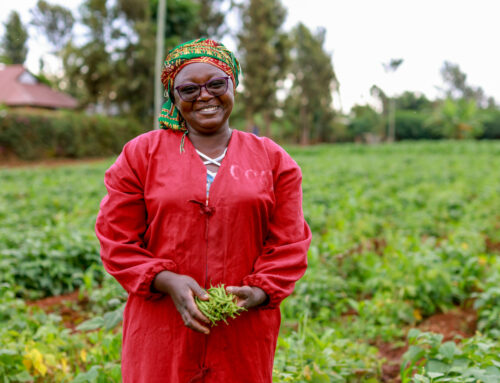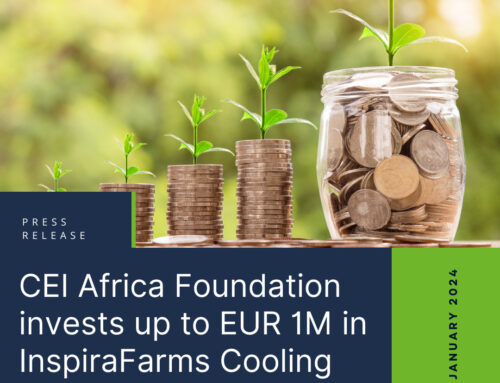Ask the expert: how to build a successful ripening program?
Frits Popma is the managing director of Popma Fruit Expertise. Frits has been active in the fresh produce industry since 1973. He was responsible for the quality inspection of bananas and tropical fruit. He worked in Europe, Central, and South America and was involved in Quality Control from ‘farm to shelf’ of bananas and other tropical products. In 2001, he founded POPMA Fruit Expertise, an advising firm specialized in ripening tropical products. The services include training ripeners and their staff, supply chain management, project management for new construction of ripening rooms and problem-solving techniques, like reducing waste figures and improving sales.
What are the key aspects that banana ripeners in tropical countries need to consider to develop successful ripening programs?
The quality requirements of bananas might differ from the US or Europe, however ripening requirements are not that varied. This means a good shelf life of 3-4 days, good taste and a good appearance. And you have to consider that it is not just the ripening alone but the total process management, good agricultural practices, handling in the farms, and during ripening and transport into the shops and markets.
Another key aspect in the banana world is time and temperature, so pre-cooling the bananas after harvest and during transit to the ripening rooms is important. If pre-cooling is not available it is advisable not to transport the bananas during the daytime.
How has banana ripening evolved in terms of technique and technology, and what are the challenges that still exist?
Bananas ripen naturally given time, so they will be edible but consumers demand more than just taste. Ripening started in caves, bomb shelters, and simple cold stores. The latest state of the art ripening rooms have reversible air flow and devices to measure temperatures, CO2, ethylene levels and humidity, all tools that help the ripener. Bananas and other fruit requiring ripening need daily attention of the ripening master. Energy savings lead not only to lower production costs but also to better quality.
What are the recurrent mistakes or failures that ripeners in tropical countries tend to make?
In Latin America, there is a banana industry which is more than 100 years old. But worldwide there is no institute or university which teaches ripeners, so they must learn by trial and error. The ripeners may also copy the methods of their fathers who have been in the ripening business for many years but perhaps the techniques are not the best practice. Plus, ripening bananas in Africa is a different process from Europe. But in general, I believe you cannot speak about failures or mistakes, as the majority of the issues are due to a lack of experience and training.
What are the most recent innovations available, and what innovations are still required?
I would give, as an example of a recent innovation, the ripening rooms that InspiraFarms deliver. These prefabricated units are an example of ease of construction, as they are flexible to install, and can feature a variety of small rooms and/or big rooms. They make use of sunlight to charge batteries so that electricity is always available. This is in combination with CE fans, which can reduce electricity costs by 40%. What innovations are still required? The reality is that we still do not know as much as we should about bananas and exactly what happens during the ripening process. There are over 350 different components which influence the taste and so a lot of additional research is required.
What recommendations would you give to agribusinesses in the banana ripening business in tropical countries?
First, the key is to learn who exactly your customers are in the agribusiness world, and what are their needs. Only then can we work on processes for ripening, transport, packing, and harvesting so they can increase their sales. This creates a win-win situation for everybody in the chain.
Tell us about your recent chapter in the recently published book Achieving sustainable cultivation of bananas. Why is it an important book for ripeners around the world?
I’m very proud I was asked by Professors Kema and Drenth to write the chapter Ripening Systems for Bananas. As mentioned before, there is no institute where you can learn banana ripening, so every ripener has his/her own method. With this chapter, the ripener learns about the process, from planting to retail, and thus can avoid mistakes. But it is a guide. Every ripening facility differs, every banana producing country has a different situation in terms of growing conditions and climate. And when ripeners still have questions they can contact me.



